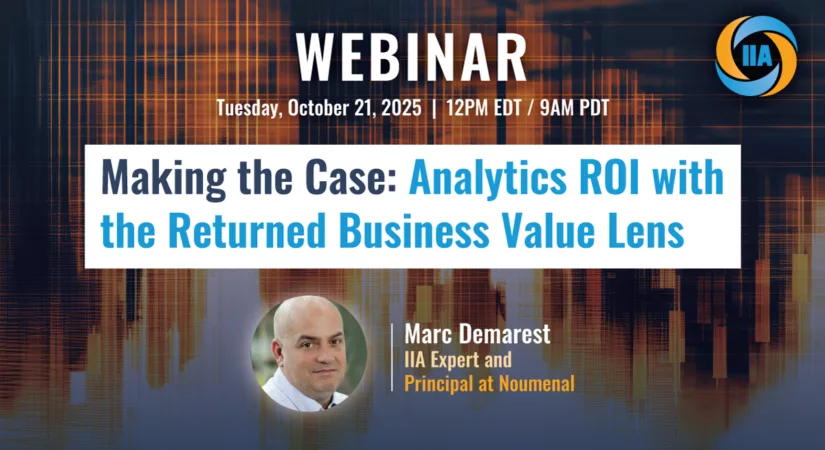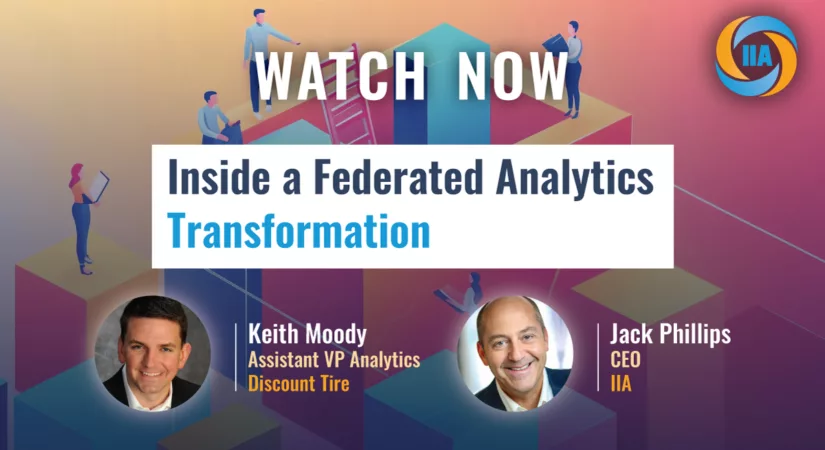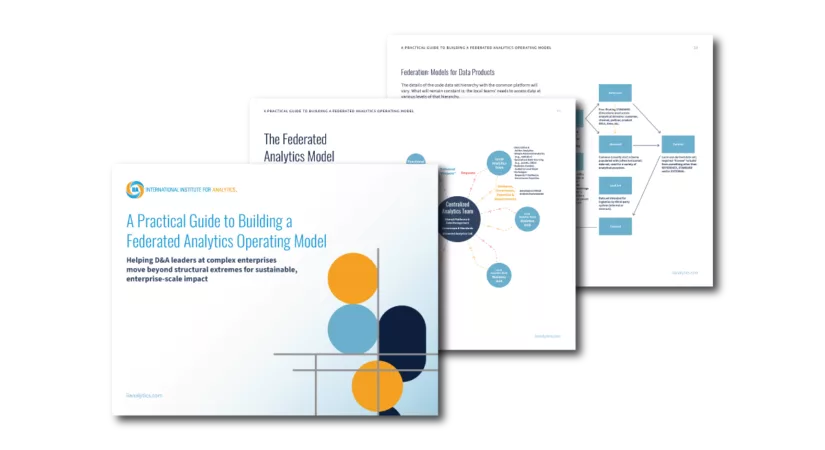
Making the Case: Analytics ROI with the Returned Business Value Lens
IIA Expert Marc Demarest breaks down the core components of IIA’s RBV Framework. Learn how to tailor your value model to your organization’s analytics maturity, stakeholder needs, and use case…


